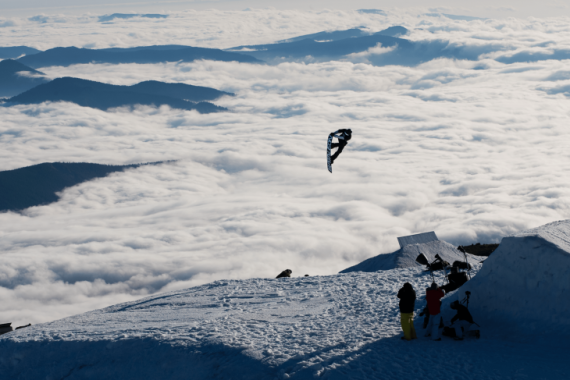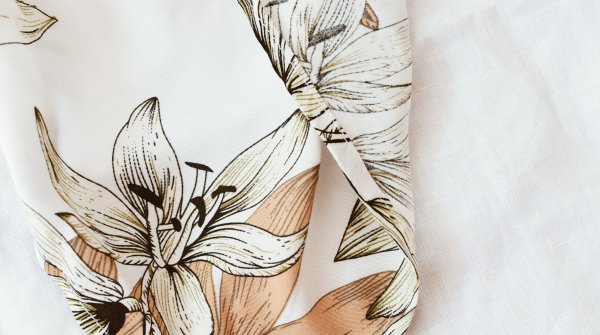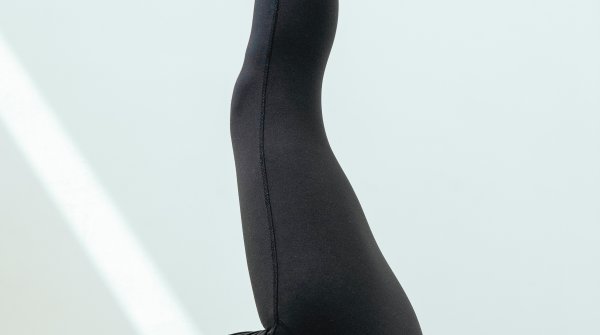Norway’s Jorgen Karlsen doesn’t make a living on his snowboard, but as a biophysicist. His passion isn’t boarding, he’s fascinated instead by the forces at work on a snowboard. His findings are initially of interest to nobody. That is, until three professional snowboarders meet and set off on their road to success together. At ISPO Brandnew in 2005, it quickly becomes clear how revolutionary the discovery, which has since changed the market, is.
“The trade fair really helped our brand,” Karlsen reminisces. “As complete newcomers, we weren’t as prepared as we could have been. Still, attending the fair opened a lot of doors within the industry. We made contacts within the snowboarding scene media and also met other manufacturers, who have played a key role in our still surprisingly-quick growth.” Before that, the present-day 61-year-old searches for months in vain for companies that are interested in his 3D technology.
A look back: In the late 1990s, Karlsen works intensively on the handling characteristics of snowboards. He realizes that a conventional, flat board changes shape in the curve and turns three-dimensionally. This results in a smaller angle between the ground and the nose or the tail. By contrast, the angle in the middle increases. After this discovery, he asks himself the question: How can this knowledge be used in a targeted way?
The biophysicist divides the board into three sections and gives each part the shape that it takes whilst moving. The board therefore maintains a chamfered 3D shape, right and left. The characteristics of the conventional technology remain in the middle. A group of snowboarders – including present day Creative Head Danny Kiebert and CEO Dennis Dusseldorp – test the first prototype and give valuable feedback to achieve the optimal performance. In 1998, the Triple-Base Technology (3BT or TBT) is finally patented.
ISPO Brandnew before 30th edition - the best pictures
“All of our boards pursue the same goal: To provide an even better snowboarding experience. For this, original ideas must be combined with creativity, design, and professional workmanship,” explains Danny Kiebert. The benefits are obvious: The snowboard itself remains stable at high speeds, travels in a perfectly straight line and has complete edge grip in the curves at all times.
The board even hides mistakes, tricks are easier to pull off. What’s more: A tilt is almost impossible. These characteristics also convince the ISPO Brandnew jury as Bataleon makes the final of the competition at the same time they enter the market in winter 2004/05.
Bataleon cleverly uses the overwhelming media interest in Munich to its advantage. The crew gives her first interviews and appears several times on TV, in newspapers, in magazines and on radio shows, both in Germany and abroad. Founder Karlsen is particularly excited about the mood at the trade fair. “People who were particularly interested in new products and on the look out for the next big hit were constantly taking a look through the village,” he says happily.

Back then, Bataleon is still manufacturing in Norway and its first headquarters are located inside the “Endless Extreme Sports” shop. But inquiries about the innovative snowboards fly in. Although the headquarters are now in Amsterdam, the hand-built boards are made in Austria and are among the best in the world. The logo with the three fingers, which symbolize the 3D shape technology, is now omnipresent on the pistes. It also now adorns clothing and accessories.
Ten years after appearing at ISPO Brandnew, the logo is even seen on surfboards, which are designed in collaboration with professional surfer Bill Stewart. CEO Dusseldorp eventually becomes one of the judges at ISPO Brandnew in 2015. “I’m of the opinion that lateral thinkers and innovative ideas positively shape the sports industry,” explains the Dutchman back then. “It’s a big honor for me to be part of the judging panel.” Perhaps the most important realization: In the end, it doesn’t matter whether you’re a biophysicist or a snowboarder – the main thing is that you believe in your technology.
EVOC: How an Accident Became the Big Bang for Outdoor Bags and Backpacks
WeSC: The “Superlative Conspiracy” Is Now an Icon
Sweet Protection: From Illegal Nerds to Innovative Pioneers
Naish Kites: With ISPO Brandnew to the Peak of the Surf Business
Action Cam Giant GoPro: ISPO Brandnew 2005 Was “An Excellent Starting Point”
Nixon: Watch Brand One of the First Winners at ISPO Brandnew
- Awards
- Mountain sports
- Bike
- Fitness
- Health
- ISPO Munich
- Running
- Brands
- Sustainability
- Olympia
- OutDoor
- Promotion
- Sports Business
- Textrends
- Triathlon
- Water sports
- Winter sports
- eSports
- SportsTech
- OutDoor by ISPO
- Heroes
- Transformation
- Sport Fashion
- Urban Culture
- Challenges of a CEO
- Trade fairs
- Sports
- Find the Balance
- Product reviews
- Newsletter Exclusive Area
- Magazine































